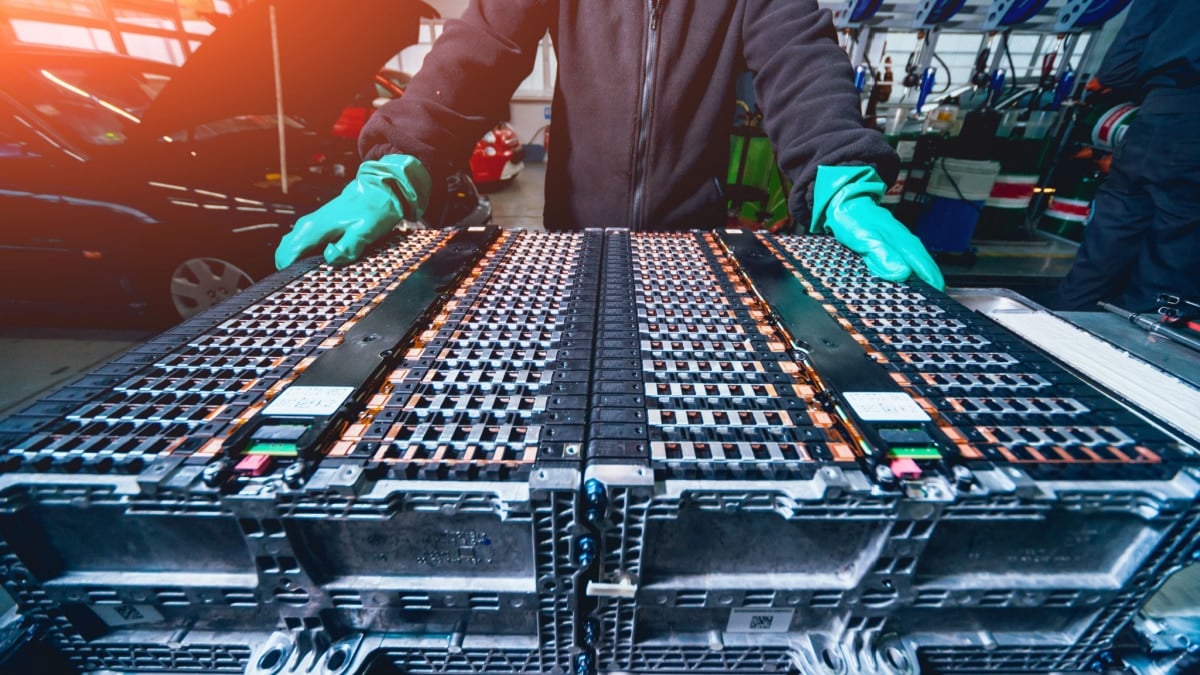If you drive a Tesla, you want to know more about the battery life, both for how many years it will last and what’s expected per charge. How long does a Tesla battery last and when will you need to replace it?
In this guide, we cover the total lifespan of most Tesla batteries. Additionally, we cover how long the charge should last before it needs to be plugged in again. At the end of our article, we break down the costs between a Tesla car and a gas-powered car to show you the differences.
How Long Does a Tesla Battery Last?
The Tesla battery pack is meant to last more than 300,000 miles. Based on normal driving mileage, that means the battery should be able to last more than 20 years. Tesla has been working on a new battery pack that could last a million miles, but we don’t have access to that yet.
It can cost you more than $10,000 to get a new battery installed in the Tesla vehicles. For this reason, you want to ensure the longest life possible, so you can avoid this expensive repair bill.
Research shows that you may see about 10% degradation after about 150,000 miles. However, this drop isn’t enough to cause a warranty claim, nor is it worth replacing at this point.
What is the Tesla Battery Warranty?
Tesla covers all of the batteries with a lengthy warranty, ensuring that you won’t need to pay for a replacement in the first few years. If there’s a manufacturer defect to the battery, you will be covered.
The length of the Tesla battery warranty depends on which vehicle you drive. No matter which model you have, the coverage will last eight years. The part that varies is the mileage, typically somewhere from 100,000 to 150,000 miles.
If you are purchasing a pre-owned Tesla, you can take advantage of any existing warranty coverage. This warranty protection is completely transferable, but you must change your ownership through Tesla to take advantage of the protection.
READ MORE: How Much Does it Cost to Replace a Tesla Battery?
How Long Does a Tesla Battery Last Per Charge?
Aside from how long the battery will last overall, you want to know what you are going to receive per charge. Most Tesla batteries will last more than 250 miles per charge, but this all depends on what model you drive and how you handle your EV.
Here are a few of the estimated driving ranges of the most popular Tesla models.
- Model 3 Standard Range Plus: 262 miles
- Model Y Performance: 303 miles
- Model 3 Performance: 315 miles
- Model Y Long Range Plus: 326 miles
- Model X Plaid: 340 miles
- Model 3 Long Range: 353 miles
- Model X Long Range Plus: 360 miles
- Model S Plaid: 396 miles
- Model S Long Range Plus: 405 miles
However, these are just estimates. The range you receive depends on several factors.
Factors Affecting Tesla Battery Range
1. Model
As you’ve seen above, the Tesla model you choose plays a profound role in how many miles you can expect to receive per charge. If you are only worried about a daily commute through the city, the Tesla Model 3 might be sufficient for you.
On the other hand, you need something with a longer driving range if you plan to hit the road for trips often. May we recommend the Tesla Model S Long Range Plus for these situations?
2. Battery Size
The biggest factor affecting the estimated driving range per model is the battery size. As you can see in our examples above, the Model 3 has a varying driving range based on various trim levels, so what’s different among these trims? It’s the type of battery included in the configuration.
The Model 3 has the smallest battery in the range. On the other hand, the Model S Long Range contains the largest battery. You must also consider what this battery size does to the cost of the vehicle. If you choose a model with a shorter driving range, you can save some money. On the other hand, the larger the battery life is, the more you are going to spend overall.
3. Driving Style
When you drive a gas-powered car, the way you accelerate and brake dramatically affects the fuel economy. The same is going to be true with your electric car. You can’t expect to get the full driving range if you are pushing your EV to the extreme.
The battery life can also deplete faster if you are driving in colder weather. This battery has to output more power to provide the same level of performance. You must also consider which way the wind is blowing. If you have to drive against the wind, the driving range will be diminished.
To ensure you get every mile out of the charge, you want to pay attention to your car’s health. Keep the tires inflated to the proper levels and brake lightly. Take out any unneeded weight to help it go further.
READ MORE: How Long Does it Take to Charge a Tesla? (120v, 240v & 480v)
Tesla vs. Gasoline-Powered Cars
Sticker Price
The biggest consideration between the two cars always starts with the upfront cost. On average, you can expect to spend about $10,000 more on a comparable EV than the gas-powered vehicle.
With some tax incentives, you can help lower the overall costs. Some states are also offering money back on electric vehicles.
Cost to Fill/Charge
One of the biggest reasons for buying an EV is to avoid heading to the gas pump. On average, you could spend around $500 a year to charge an electric car. With gas prices continuing to be on the rise, you are going to spend far more for the same amount of fill-ups.
Of course, the amount of money spent charging depends heavily on how far the EV will go. The higher the efficiency of the vehicle is, the more you will pay upfront. On the other hand, you can get one that’s less efficient for a lower starting price, but you will be paying more often for charging.
Even if you only charge your EV at home, you are going to have electricity costs to consider. Of course, you could reduce some of the costs by using solar power.
Maintenance Costs
Your gas-powered vehicle goes through many maintenance appointments. From regular oil changes to the spark plug replacement, you are going to pay for many appointments over time.
Electric cars do require some maintenance, but not nearly as much. You may only need to pay for some tire rotations and service inspections, which is minimal. Overall, you are going to spend less on the maintenance of an EV than the typical combustion-engine car.
RELATED: What Is The Average Tesla Maintenance Cost In 2022?
Lifetime Costs
Based on everything we know, from the fuel savings to the lack of maintenance, it’s easy to save a lot of money by driving an electric car. However, these savings only occur if you plan to keep the electric car for several years.
Because of the higher upfront costs of buying an EV, you aren’t going to see savings for a short time. In the beginning, you have to pay more, but you could look at it as an investment, not just for future savings but also for the well-being of our planet.
Tags: Tesla
Categories: Electric Vehicles















